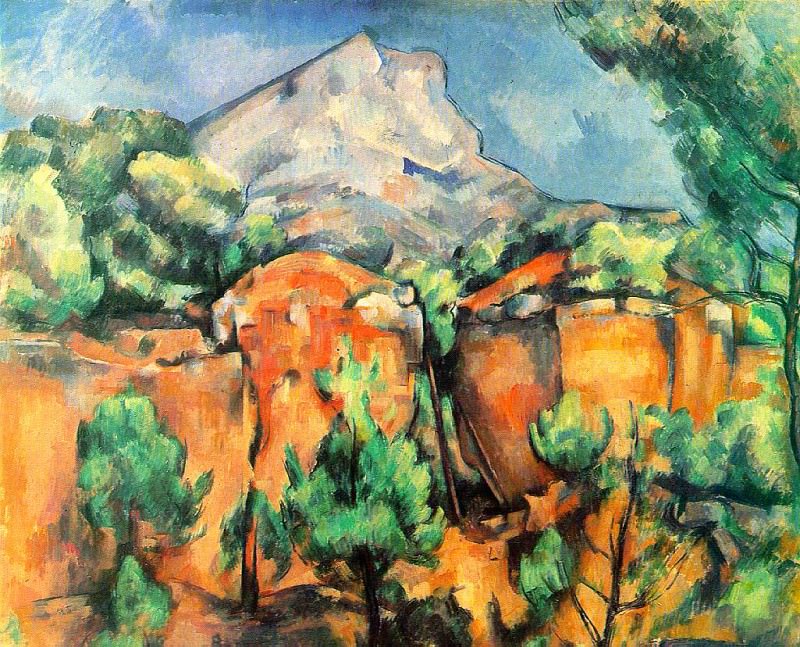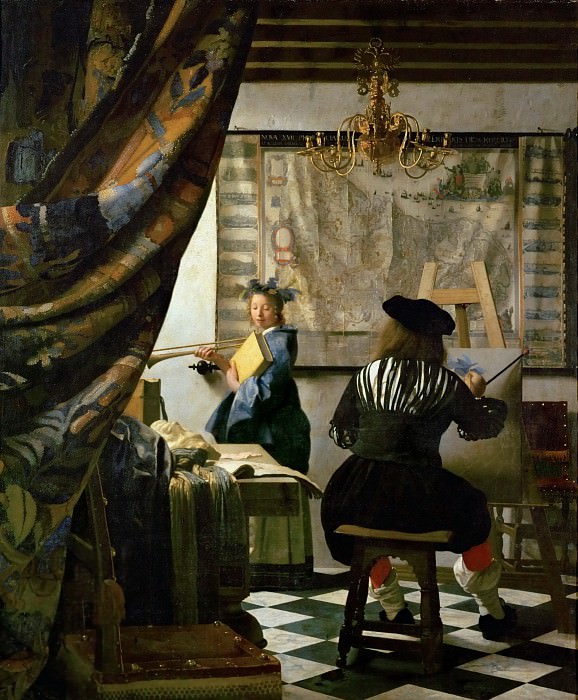Barbara Hepworth: Sculptor of Space and Form
Barbara Hepworth, one of the most prominent figures in modern British art, has left an indelible mark on the world of sculpture with her distinctive works that explore space, form, and the relationship between human beings and their environment. Born in 1903 in Wakefield, Yorkshire, Hepworth’s journey to becoming an iconic sculptor was one of relentless pursuit of artistic innovation and expression.
Early Life and Education
Hepworth’s early life was characterized by a deep fascination with the natural world, a theme that would resonate throughout her career. She attended Wakefield Girls' High School, where her interest in art was nurtured. In 1920, she won a scholarship to the Leeds School of Art, where she met fellow sculptor Henry Moore. This encounter marked the beginning of a lifelong friendship and professional rivalry that significantly influenced her work.
In 1921, Hepworth won another scholarship, this time to the Royal College of Art in London. Her time at the Royal College was crucial in shaping her artistic vision. Here, she was exposed to various modernist ideas and movements that were gaining traction in Europe, and she began to experiment with abstraction and form.
Early Career and Influences
After completing her studies, Hepworth traveled extensively, visiting Italy and France, where she was exposed to the works of contemporary artists and sculptors. Her time in Italy was particularly influential; she learned the art of direct carving from Italian sculptors and was deeply inspired by the landscape and classical art she encountered.
In the early 1930s, Hepworth moved back to London and became involved with the Hampstead avant-garde community. This period saw her work evolve significantly as she engaged with the ideas of constructivism and abstraction. She married the sculptor John Skeaping in 1925, and they had a son, Paul, before divorcing in 1933. Shortly after, she married the painter Ben Nicholson, with whom she had triplets.
Evolution of Style
Hepworth's work from the 1930s onwards reflects a gradual shift from representational art to pure abstraction. Her sculptures became increasingly focused on exploring the relationship between mass and space. She began to create works that were more geometric and simplified in form, often incorporating holes and voids that invited viewers to look through and around the piece, thus engaging with the surrounding space.
One of her early abstract works, Pierced Form (1931), exemplifies this shift. The sculpture, a simple form with a hole through it, challenges traditional notions of sculpture as solid, impenetrable masses. Hepworth's use of negative space became a defining characteristic of her work, symbolizing a new way of perceiving and interacting with art.
St. Ives and the War Years
In 1939, with the outbreak of World War II, Hepworth and Nicholson moved to St. Ives in Cornwall. The Cornish landscape, with its rugged coastlines and expansive skies, had a profound impact on Hepworth's work. St. Ives became a hub for artists, and Hepworth was at the center of this vibrant community.
During the war years, materials were scarce, and Hepworth had to adapt her practice. She began working more with wood and plaster, creating smaller, more intimate pieces. Despite the challenges, this period was highly productive for Hepworth, and she continued to refine her abstract style.
Post-War Recognition and Major Works
The post-war period marked a time of growing recognition for Hepworth. Her works were exhibited internationally, and she received numerous commissions for public sculptures. One of her most famous pieces, Contrapuntal Forms (1951), was commissioned for the Festival of Britain. The sculpture, a complex interplay of two interlocking forms, epitomizes her interest in rhythm and harmony.
In the 1950s and 60s, Hepworth's work became increasingly monumental. She began to work more with bronze, a material that allowed her to create larger, more durable pieces suitable for outdoor display. Her bronze sculptures often featured smooth, flowing lines and a sense of organic growth, echoing the natural forms that had always inspired her.
Notable Works and Themes
Hepworth's body of work is vast and varied, but certain themes and motifs recur throughout her career. The human figure, often abstracted to its most essential elements, remained a central focus. Works like Single Form (1961-64), created in memory of her friend Dag Hammarskjöld, Secretary-General of the United Nations, reflect her ability to convey profound emotional and spiritual depth through abstract forms.
Nature and landscape were also constant sources of inspiration. Hepworth's Garden Sculpture (1960) series explores the relationship between natural and human-made forms, creating a dialogue between the sculpture and its environment. Her use of polished surfaces and organic shapes evokes the textures and rhythms of the natural world.
Another significant theme in Hepworth's work is the exploration of maternal and familial relationships. Her Mother and Child series, which spans several decades, depicts the bond between parent and child through abstract forms that convey a sense of intimacy and protection.
Legacy and Influence
Barbara Hepworth's influence on modern sculpture is profound. She broke new ground in the use of abstraction and the integration of negative space, challenging traditional notions of form and mass. Her works are characterized by a sense of harmony and balance, reflecting her deep connection to nature and her belief in the spiritual power of art.
Hepworth's sculptures are held in major collections around the world, and her legacy continues to inspire new generations of artists. The Barbara Hepworth Museum and Sculpture Garden in St. Ives, established after her death in 1975, remains a testament to her enduring impact on the world of art. The museum houses many of her most important works, offering visitors a unique insight into her creative process and the environment that shaped her vision.
Conclusion
Barbara Hepworth's art is a celebration of form, space, and the natural world. Her innovative approach to sculpture, characterized by the integration of negative space and the use of organic shapes, has left a lasting legacy in the world of modern art. Hepworth's work continues to be celebrated for its beauty, its emotional depth, and its ability to connect with viewers on a profound level.
Through her sculptures, Hepworth invites us to see the world differently, to appreciate the interplay between solid and void, and to find harmony in the balance of form and space. Her legacy as one of the great sculptors of the 20th century is assured, and her work remains a source of inspiration and wonder for all who encounter it.

















